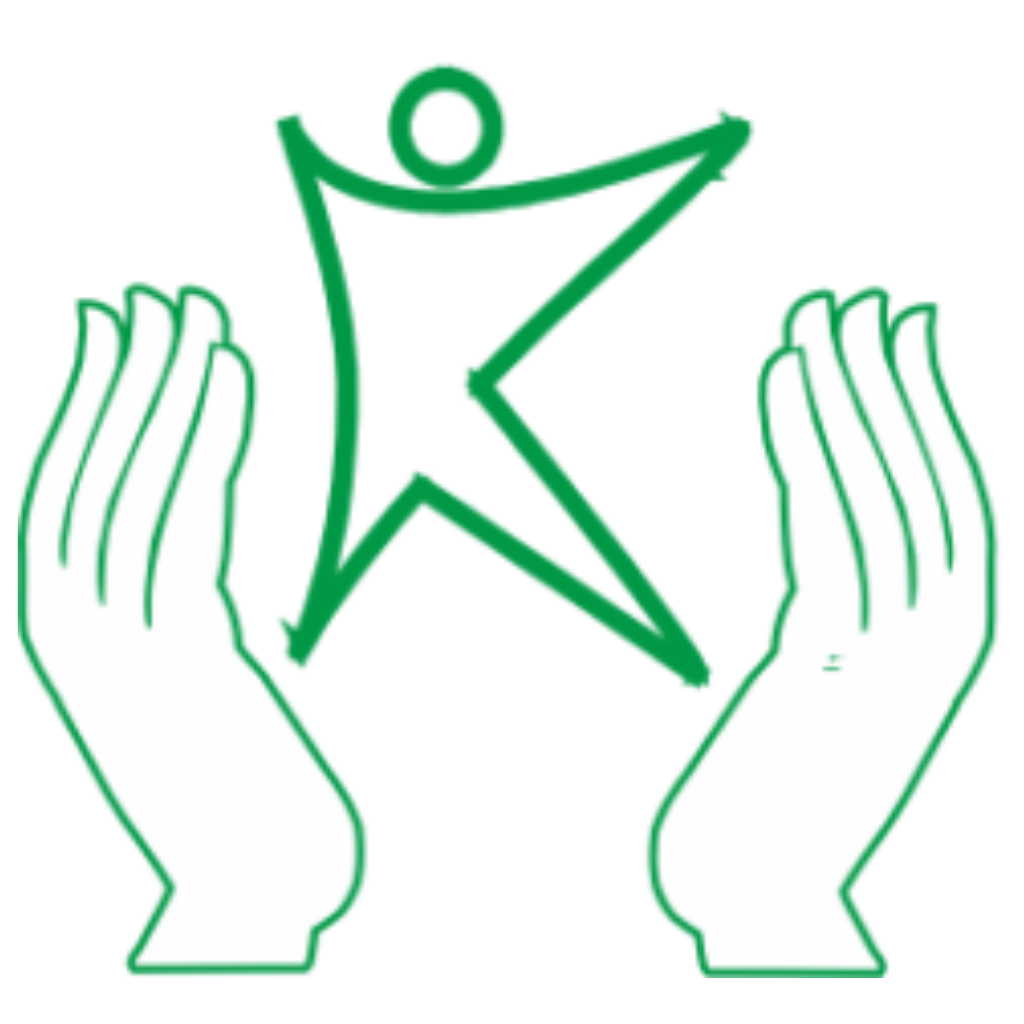What Is Tennis Elbow?
Tennis elbow is a common injury that causes pain on the outside of your elbow. Although it is called tennis elbow, you do not have to play tennis to get it. Many people develop this problem from repeated arm or wrist movements. For example, painters, plumbers, and office workers can also get tennis elbow. The medical name for tennis elbow is lateral epicondylitis.
Common Symptoms and Causes
Usually, tennis elbow starts with mild pain. Over time, the pain can get worse. You may notice it when you lift objects, shake hands, or even open a door. Often, the pain spreads from your elbow down your forearm.
Most cases are caused by overuse. Repeating the same arm motion can strain the muscles and tendons in your forearm. Sometimes, a sudden injury can also cause tennis elbow.
How Is Tennis Elbow Diagnosed?
Doctors usually diagnose tennis elbow by asking about your symptoms and examining your arm. Sometimes, they may ask you to move your wrist or elbow in certain ways. In rare cases, your doctor may order an X-ray or MRI to rule out other problems. However, most people do not need special tests.
Tennis Elbow Treatment Options
There are many tennis elbow treatment options. The best choice depends on your symptoms and how long you have had pain. Early treatment can help you heal faster. Below are the most common ways to treat tennis elbow:
Rest and Activity Changes
First, you should rest your arm. Try to avoid activities that make the pain worse. Sometimes, taking short breaks during work or sports can help. For many people, this is the first step in how to treat tennis elbow.
Physical Therapy
Physical therapy is one of the best remedies for tennis elbow. A therapist can show you gentle stretches and exercises. These help strengthen your arm muscles and improve flexibility. Over time, therapy can reduce pain and prevent future injuries.
Medications
Over-the-counter pain relievers, such as ibuprofen or acetaminophen, can help reduce pain and swelling. However, you should always follow the instructions on the label. If pain is severe, your doctor may suggest stronger medications.
Injections
Sometimes, doctors use steroid injections to reduce swelling and pain. These shots are given directly into the sore area. While they can help, they are not always a long-term solution. Your doctor will discuss the risks and benefits with you.
Surgery
Most people do not need surgery for tennis elbow. However, if pain lasts more than six to twelve months, surgery may be an option. During surgery, the damaged tendon is repaired. Recovery usually takes a few months. Your orthopedic specialist will guide you through the process.
Alternative Therapies
Some people try other treatments, such as:
Although these methods may help, you should always talk to your doctor before starting any new treatment.
Home Care and Lifestyle Tips
There are simple steps you can take at home to manage tennis elbow. For example, you can:
In addition, eating a healthy diet and staying active can help your body heal.
Prevention Strategies
Preventing tennis elbow is possible. Here are some tips:
By following these steps, you can lower your risk of getting tennis elbow again.
When to See a Doctor
If your elbow pain does not improve after a few weeks of home care, you should see a doctor. Also, if you notice swelling, redness, or trouble moving your arm, get medical help. Early orthopedic advice for tennis elbow can prevent long-term problems. Local orthopedic clinics can offer expert care and treatment plans.
Conclusion
Tennis elbow can be painful, but many treatment options are available. With rest, therapy, and the right care, most people recover fully. If you have ongoing pain, consult an orthopedic specialist for personalized tennis elbow treatment advice.




